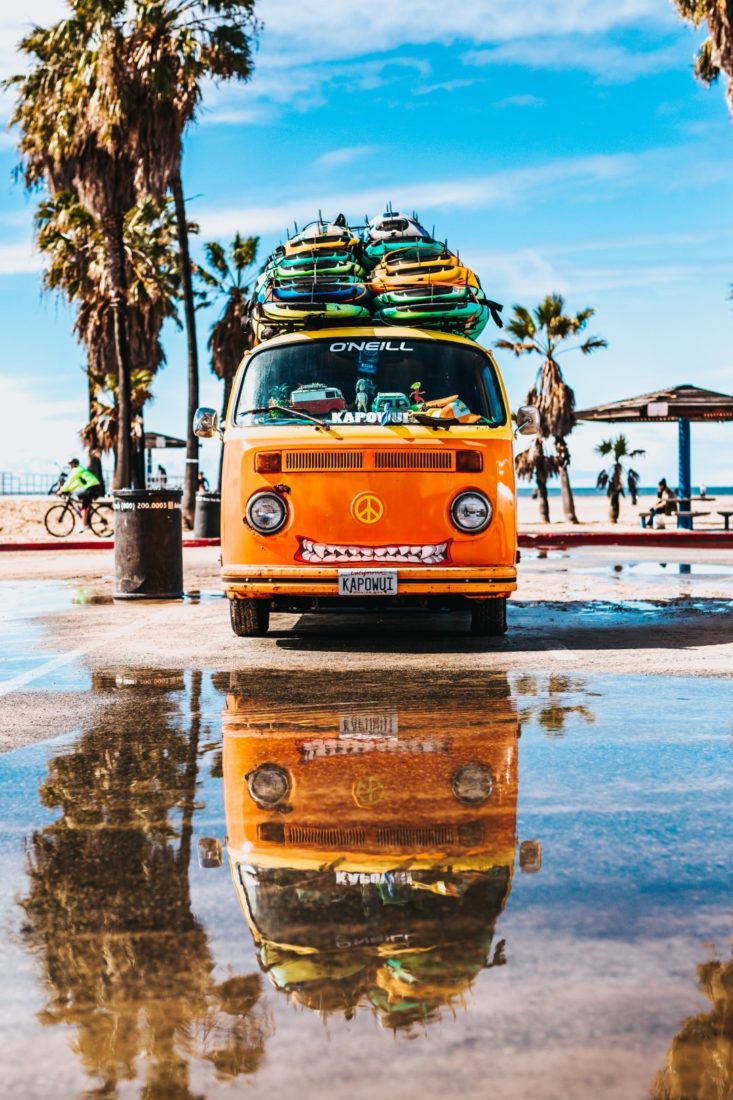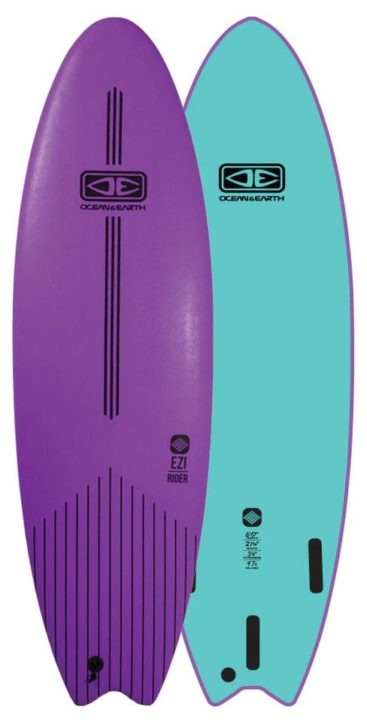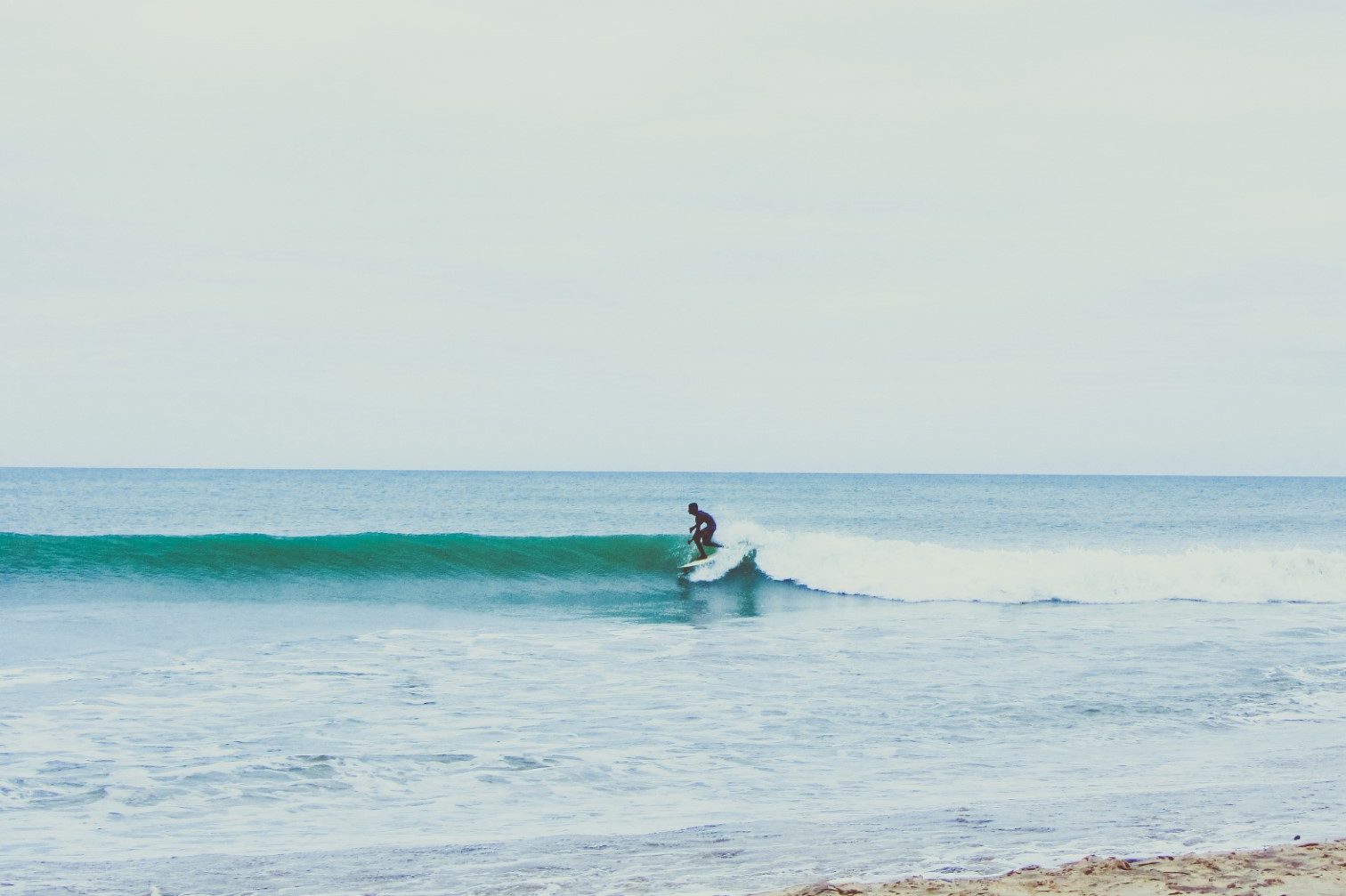As your surfing ability improves, you will pass through certain milestones, and buying your first shortboard is a major one. This is the equivalent of graduating from elementary school and starting high school. It is scary, you are not sure what this future state entails but you recognize the progression as exciting and limitless.
Typically longboards are over 7’0 in length and are used by surfers of all abilities, however, as a beginner, you should only use a longboard. Many surfers choose to continue riding longboards as their skill progresses, and advanced longboard riding is an impressive sight to watch. In no way should you consider that buying a shortboard is a mandatory part of your progression as a surfer. As long as you are having fun, then you are doing it right!
Why Buy A Shortboard
Longboard vs shortboard surfing is not mutually exclusive. I frequently ride boards of different lengths as they each have their strengths and weaknesses.
If you currently ride a longboard, you may wish to consider adding a shortboard to your quiver if you find that you want to be able to try some more advanced riding like large carves, or easier maneuverability in the surf with the ability to duck dive. Duck diving is a technique for shortboards when paddling out that allows you to dive under a wave, and is far more efficient in large surf than doing a role or ditching your surfboard as you may do with a longboard.
You don’t need to jump directly from a longboard to a shortboard, there are plenty of performance-orientated longboards that are a great stepping stone and provide the foundations for moving to a shortboard. If your current longboard is 9’0 or over, I would recommend you transition to a smaller longboard first to get used to the change in buoyancy and performance.
| Shortboard | Longboard |
|---|---|
| Best in large waves | Best in small waves |
| Faster, more aggressive maneuvers | Slower, more relaxed maneuvers |
| Require advanced skill level | Can be enjoyed by any skill level |
| Easier to store and transport | Require larger storage and transport |
| Slower to paddle | Faster to paddle |
| Lighter, easier to carry | Larger, heavier to carry |
When to Buy
How do you know if your surfing ability is up to riding a shortboard? Well, there is no such thing as moving to a shortboard too late. Your surfing will always be able to progress further, regardless of what size board you surf, but if you move to a shortboard too early you may delay your progression by not getting enough waves.
Some good indications that you are ready to buy a shortboard are:
- You are catching most (80%+) of the waves you go for
- You are riding along the face of the wave ahead of the white-water
- You often find yourself surfing in conditions where most others are on shortboards
- You feel a desire to progress and try some of those shortboard maneuvers you see around you
If you are budget conscious and see this as an opportunity to sell your longboard, please do not rush into this. Having multiple boards of different styles will help your surfing, as there will be days when the surf is more suitable to a longboard that you do not want to miss out on.

What to Expect
I love that feeling of buying a new surfboard. The excitement to get it out in the water, and ride it just like how I envisioned, aided by the marketing material showing some pro surfer doing things well beyond my skill level.
Unfortunately, your first few sessions on a shortboard are going to be in some ways disappointing. Sure, the board feels so light under your arm walking down the beach and you can effortlessly push it over those first few waves. The first shock comes when you lie down on the board and most of it disappears underwater. Once you gain your balance to start to paddle but feel like something is dragging on your board as it is so slow. Sorry my friend, but as I stated above there are strengths and weaknesses to all board designs and this is part of the trade-off with a shortboard.
Once you have got used to the sensation of paddling this different board, you are ready to take advantage of the first benefit of a shortboard. The duck dive. I recommend you practice this first in some flat water with no waves, and then start with small waves.
Take a look at the three videos below which show you the proper technique for both paddling and duck diving on a shortboard, and how to progress from beginner to intermediate.
So here you are, sitting out back on the surf on your first shortboard. Congratulations! The paddle out here has helped you get used to how the board moves, and what position you lie on the board. If in doubt, you are probably too far back on the board.
It is time to catch some waves. Everything you have learned on your longboard still applies, you will just need to make some adjustments to the timing and finesse your pop up technique. You do not need to rush things or jump to your feet faster, you just need to be more conscious about your position on the wave, and focus on keeping your weight low and centered over the board.
Do not be disheartened by a few wipe-outs and missed waves, make an effort to take a mental note after every unsuccessful wave of what you think went wrong. Were you paddling into the wave too late? Did the board tip when you pushed up? These are all things that can be easily resolved once you identify the issue. I like to do a bit of research between surf’s of how to improve, and I recommend you do this too. It will give you something to visualize and focus on next time you paddle out.
Once you are up and riding, and you feel like you are approaching your longboard level of competence on the shortboard it is time to really start researching and training. Youtube is a great medium for this, watch surfing tutorial videos until you find an explanation that resonates with you.
the best shortboard
Soft top boards are typically thicker, and therefore more buoyant than fiberglass surfboards. For this reason, soft top shortboards are often available in shorter lengths than fiberglass boards. The additional volume of a soft-top shortboard will help you paddle and get on waves, but they often feel looser and more skittish due to the rounder rails and extra buoyancy. For this reason, I recommend that your first shortboard is not too short.
It is important that your first shortboard has a moderate shape, and is able to turn with stability. For this reason, I am a huge fan of boards that use shapes adopted from more conventional styles when shortboard surfing was more of an evolution of longboarding. A classic is the fish shape, with a large amount of width in the front of the board to ease paddling and surfing in small waves. This design has a huge range of suitable conditions and allows you to easily transition from those 1-2ft days right up to 6ft+.
The Ocean and Earth Ezi-Rider fish with thruster setup (three fins) is the perfect pick for your first shortboard.
It uses this classic shape to assist the transition from a longboard, whilst providing a platform to progress and learn intermediate and advanced surfing maneuvers. I prefer the thruster configuration over the twin and quad options as this provides the best compromise between stability and speed for your first board. The thruster can also be easily changed into a twin fin setup if you want to try something a bit different.

Available in a series of colors, and more importantly, 4 different sizes. The recommended rider weight range and board lengths are below.
| Board Size | Volume | Rider Weight Range |
|---|---|---|
| 5’0 | 40L | < 155 lbs / 70 kg |
| 6’0 | 47L | < 185 lbs / 80 kg |
| 6’6 | 52L | < 200 lbs / 90 kg |
| 7’0 | 60L | > 210 lbs / 95kg |
The construction of the Ezi-Rider fish includes 3 wooden stringers, this is an indication of a premium soft top board that is built to perform. The stringers are like structural rods inside the board which add stiffness which is required for the board to be able to perform at an advanced level.
The three included fins are molded plastic with a soft edge and are interchangeable with most standard manufacturers fins. As your first shortboard, you are not going to need to consider upgrading to performance fins, but knowing that the fins can be easily replaced if lost or damaged is a worthwhile feature.
Summary
You now have the information to decide if you are ready to buy a shortboard, and how this will be different to your longboard. You have an expectation of what the experience will be like to surf a shortboard, and you know the best board to begin your progression to a shortboard surfer.
As always, I hope this article helped you answer the question that you came here with. I would love to hear from you in the comments below about your experience with your first shortboard, and if you have surfed the Ocean & Earth Ezi-Rider fish.
